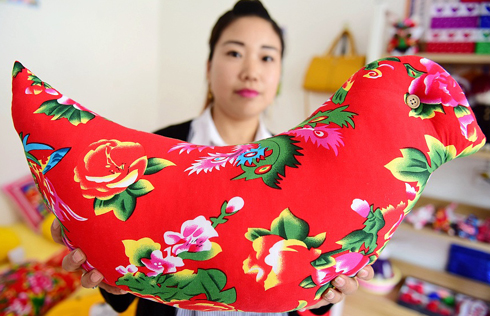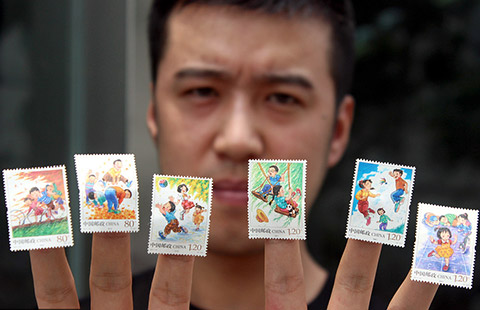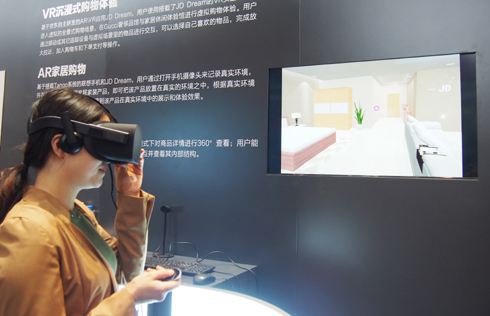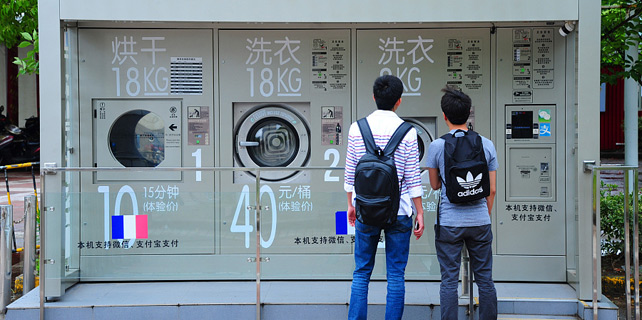Smartphone snapshots encourage supervision, participation
BEIJING -- The increasing popularity of smartphones has led many Chinese to take pictures of nearly anything and everything in sight.
While most capture images of beautiful scenery, the meals they're eating for the day or their friends, others use mobile phone photography to engage in social criticism.
In a recent case, one netizen took a photo of Chinese characters reading "Ding Jinhao was here" that were written on the side of a 3,000-year-old Egyptian temple.
The photo was uploaded to Sina Weibo, China's most popular microblogging site, on May 6, with tens of thousands of netizens posting messages criticizing the tourist responsible for the graffiti.
It was discovered later that Ding is a 15-year-old boy from the city of Nanjing in east China's Jiangsu Province. His parents apologized for his act in a local newspaper.
China has 277 million 3G subscribers, according to figures from the Ministry of Industry and Information Technology. The number of smartphone users is around 360 million and the number of registered Sina Weibo users exceeds 530 million.
Smartphone photos have also been used to reveal instances of corruption and wrongdoing.
Zhou Shaoqiang, a top manager at a state-owned company in the city of Zhuhai, was removed from his post earlier this year after a man who dined with him and other employees shared photos of expensive liquor that was purchased at the public's expense.
In addition to allowing people to engage in supervision, smartphones have also become effective tools for boosting public interest programs. Internet celebrities sometimes call on the public to participate in such campaigns using their smartphones.
Since March, netizens have been encouraged to find and photograph manholes that lack covers after a university student in Changsha, capital of central China's Hunan Province, drowned after falling into an uncovered manhole without a lid.
The campaign has resulted in 140,000 related posts on Tencent, another popular microblogging website.
In 2011, Yu Jianrong, a professor from the Chinese Academy of Social Sciences, launched an online campaign calling on netizens to take photos of children abandoned on the streets. The campaign had attracted more than 200,000 followers and aided 56,000 children as of the end of 2012.
Realizing the influence that such campaigns can have, some government departments have encouraged the public to aid in urban management efforts by using their smartphone cameras.
On May 6, the municipal government of Liuzhou in south China's Guangxi Zhuang Autonomous Region, opened an account on Weixin, a social networking platform operated by Tencent.
Local residents have been encouraged to take photos of any damage done to public facilities and send them to the account. The government has received 6,000 such tips from local residents and authorities have followed up on 520 related cases.
Xia Xinping, an assistant researcher of sociology at the Guangxi University of Science and Technology, said the popularity of snapshots indicates that modern technology not only enriches people's material lives, but also provides an opportunity for people to supervise and participate.
"The government should make full use of modern technology and make innovations in social management," she said.



















